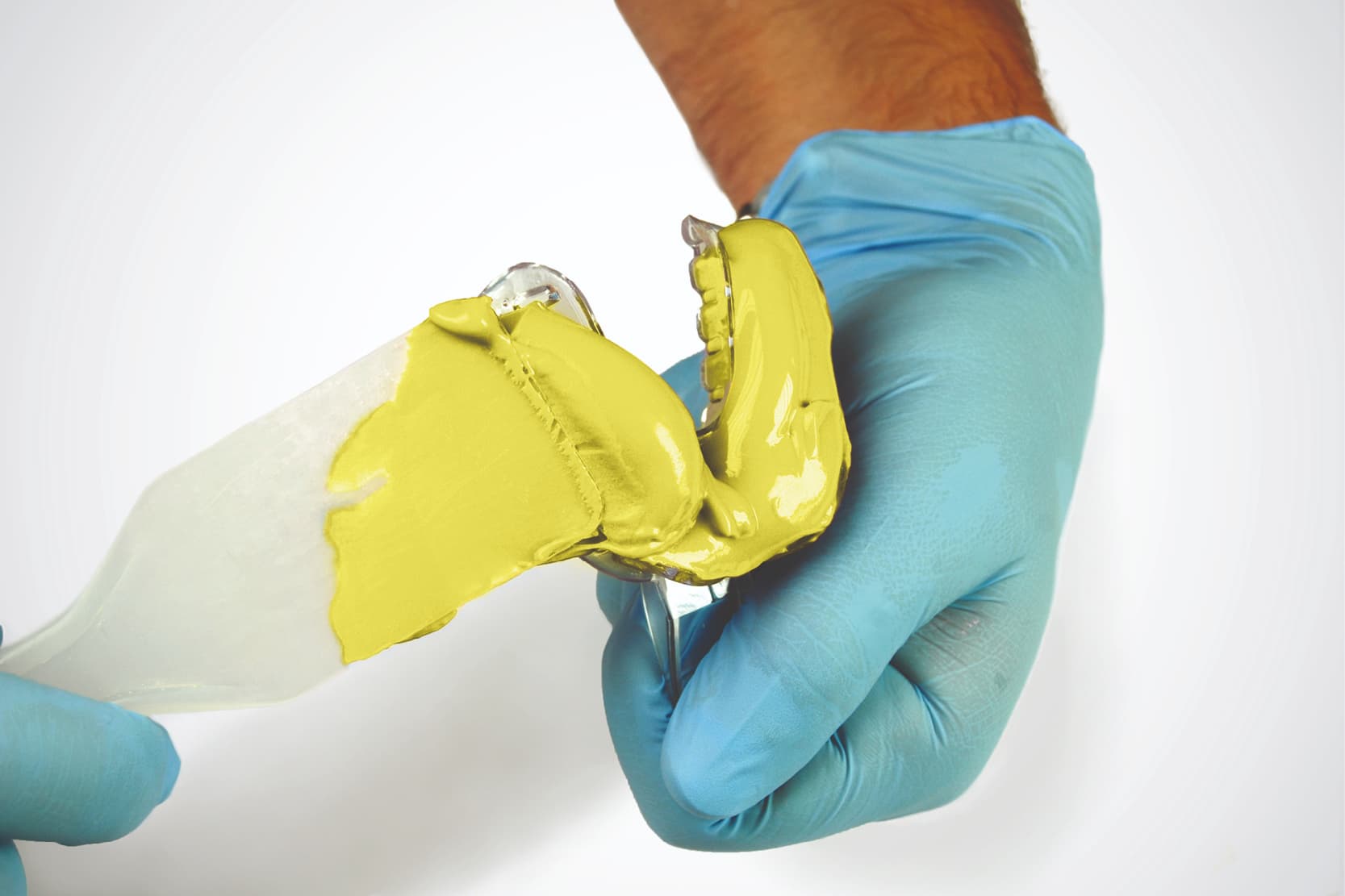
Alginate is undoubtedly one of the most commonly used impression materials in orthodontics. (1.2)
But why is it so popular? And what characteristics must an “orthodontic” alginate have?
Let’s take a look at them.
Background: the purpose impressions serve in orthodontics
In orthodontics, impressions are usually taken for two reasons:
- to fabricate the actual appliances (fixed or removable);
- for diagnostic and recording purposes.
Impressions are used to fabricate the gypsum models dental technicians use to physically prepare the fixed or removable appliances with which the patient is to be fitted.
At the diagnostic stage, at the end of the treatment and usually also in between, impressions are taken in order to make the gypsum models that constitute part of the documentation of a given clinical case.
The initial model, together with the X-rays and photographs, forms part of the diagnostic records. (3)
Who are orthodontic patients?
Although 75% of orthodontic patients are under 18 years of age, though the trend is slowly changing and we are seeing a continuous increase in the number of adults seeking orthodontic treatment. (4)
Of this 75%, a significant part of all patients require interceptive treatment, i.e. they have malocclusions that need to be intercepted as early as possible, even when just 4 or 5 years of age. (5, 6)
It is therefore fundamental to obtain a good impression for all these very young patients.
Are you interested in this topic?
Find out more about impression-taking in children.
As with all invasive dental procedures to be carried out in children, impression taking is a phase that must be managed, particularly in some patients, paying great attention to the child’s psychological and behavioural attitude.
The gag reflex during impression taking
Focusing specifically on the impression procedure, there are various strategies for reducing the patient’s anxiety level and gag reflex (7), which is often the most difficult issue to manage.
The gag reflex is the reflex that prevents foreign bodies from entering the trachea, pharynx and larynx and regresses gradually during the first 4 years of life. The prevalence of a pronounced gag reflex between 4 and 12 years of age is 28.5%. The aetiology of the pharyngeal reflex may be somatic or psychological.
It can be triggered by sensory stimuli (tactile, auditory, visual or olfactory). The tactile and olfactory stimulation that occurs during impression taking can easily cause this reflex that, if prolonged, can make it difficult or completely impossible to take a sufficiently precise impression.
The gag reflex causes spasmodic, uncoordinated movements of the soft palate, abdominal walls and intercostal and diaphragmatic muscles. The pharyngeal reflex is exacerbated by a state of anxiety and previous negative experiences of dental treatments.
The materials best suited to reducing discomfort
In order to attenuate the gag reflex and limit discomfort during the impression procedure opt for fast and extra-fast materials, which ensure very short times in mouth. With children, the shorter the time in mouth the better.
Another fundamental aspect is scent: it is preferable to opt for scented materials that do not interfere with the sense of smell and exacerbate the gag reflex.
Another point to be taken into consideration is that, unlike fixed prostheses, we do not require extreme precision, as the appliances to be used are not intended to remain in the patient’s mouth for many years, rather only for the time required for treatment. Moreover, any gaps between the appliance and the surface of the tooth can be bridged using luting cement.
The advantages of orthodontic alginate
Taking these aspects into consideration, it seems logical that the most commonly used material for orthodontic impressions in children is alginate. (1) It is, after all, an affordable material, with fast setting times, that is usually coloured and pleasantly scented.
Of the various alginates available, it is preferable to opt for fast or extra-fast materials, i.e. those with a very short time in mouth. The shorter the intraoral setting time, the lower the risk of triggering the gag reflex, an occurrence that is difficult to manage and often results in the need to repeat the impression, resulting in further stress for the young patient, who will therefore become increasingly susceptible to this kind of procedure.
In addition to this characteristic, opt for brightly coloured materials that can distract the patient from the invasive nature of the procedure.
Scent is another important aspect: it must be pleasant for the child, as at a psychological level, a pleasant scent increases the acceptance of the procedure and therefore reduces the triggering of the gag reflex.
In addition to these characteristics, a good alginate for orthodontics must offer good surface detail reproduction, good elasticity, good tear resistance and good long-term dimensional stability, even after the disinfection procedure.
The Zhermack solution for impression taking in children
The recommended Zhermack solution for impression taking in children is Orthoprint.
Orthoprint is a vanilla-scented, extra-fast alginate recommended for orthodontics by 97% of users. (8)
The product’s limited time in mouth, which makes it highly patient-friendly (8), together with a vanilla scent, which makes it pleasant for children (9), and high elasticity are the distinctive characteristics that make Orthoprint ideal for paediatric dentistry and orthodontics.
References
- Staley, R. N., & Reske, N. T. (2011). Essentials of orthodontics: diagnosis and treatment. John Wiley & Sons.
- Gupta, R., & Brizuela, M. (2022). Dental impression materials. In StatPearls [Internet]. StatPearls Publishing.
- Rischen, R. J., Breuning, K. H., Bronkhorst, E. M., & Kuijpers-Jagtman, A. M. (2013). Records needed for orthodontic diagnosis and treatment planning: a systematic review. PLoS one, 8(11), e74186.
- Hung, M., Su, S., Hon, E. S., Tilley, E., Macdonald, A., Lauren, E., … & Lipsky, M. S. (2021). Examination of orthodontic expenditures and trends in the United States from 1996 to 2016: disparities across demographics and insurance payers. BMC Oral Health, 21(1), 1-10.
- Woon, S. C., & Thiruvenkatachari, B. (2017). Early orthodontic treatment for Class III malocclusion: A systematic review and meta-analysis. American Journal of Orthodontics and Dentofacial Orthopedics, 151(1), 28-52.
- LINDNER, A. (1989). Longitudinal study on the effect of early interceptive treatment in 4‐year‐old children with unilateral cross‐bite. European Journal of Oral Sciences, 97(5), 432-438.
- Dixit, U. B., & Moorthy, L. (2021). The use of interactive distraction technique to manage gagging during impression taking in children: a single-blind, randomised controlled trial. European Archives of Paediatric Dentistry, 22(2), 219-225.
- Key-Stone Italia survey, 2019
- Zhermack Italy and Germany survey, 2019
Do you want more information on Zhermack Dental products and solutions?
Contact us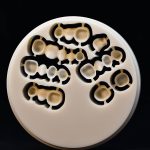
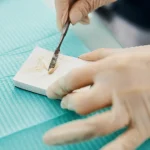
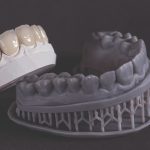
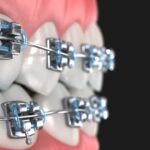

 Zhermack SpA has been one of the most important producers and international distributors of alginates, gypsums and silicone compounds for the dental sector for over 40 years. It has also developed solutions for the industrial and wellbeing sectors.
Zhermack SpA - Via Bovazecchino, 100 - 45021 Badia Polesine (RO), Italy.
Zhermack SpA has been one of the most important producers and international distributors of alginates, gypsums and silicone compounds for the dental sector for over 40 years. It has also developed solutions for the industrial and wellbeing sectors.
Zhermack SpA - Via Bovazecchino, 100 - 45021 Badia Polesine (RO), Italy.


